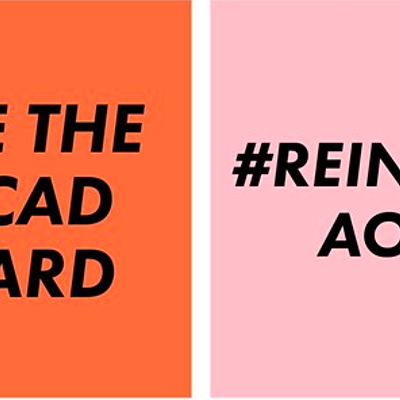The Canadian Federation of Students (CFS) says the NDP’s plan to cap student debt won’t do much to help Nova Scotia post-secondary students. The debt-cap scheme was outlined in the provincial budget introduced today at the legislature.
“The best way to cut debt for students is to reduce tuition fees,” says Elise Graham, chair of the Nova Scotia branch of the CFS. “Students have been asking for lower tuition fees, more grants for students and more funding for university,” she adds.
The NDP budget, introduced today, promises to forgive the Nova Scotia portion of any student loans above $28,560 beginning in four years time. The province estimates the measure would cost just over $8 million in the first year. At the same time, however, the government is raising tuition fees by three percent in each of the next three years. It’s also reducing its grants to universities in the coming year by $14 million.
“Right now Nova Scotian students have the highest debt load on average in Canada,” Graham says. “We’re very disappointed with the decisions that the NDP government is making.”
Today’s budget claims that the government is “fixing Canada’s weakest student assistance system” partly by continuing a $30 million bursary program that reduces tuitions for Nova Scotia post-secondary students by $1,283 per year and offering up to $612 in additional grants.
“When not in power the NDP were allies and now we’re kind of battling with the NDP,” Graham says. A CFS fact sheet points out that since 1991, tuition fees in Nova Scotia have almost tripled. It says that average student debt is $31,000 for those who earn an undergraduate degree.
Teacher’s union warns of job cuts
Today’s provincial budget freezes health care spending while reducing grants to school boards by $17.6 million. In addition to the overall cut, the boards will be required to absorb cost increases, including wage hikes.
The President of the Nova Scotia Teachers Union warns the cuts will mean the loss of about 300 teachers in the public school system.
“It looks like around $35 million that will be reduced in public education,” Alexis Allen says. “I see that as a very regressive thing for public education in Nova Scotia.”
The province justifies its cuts by pointing out that the student population has declined sharply over the last 10 years and is expected to decline further by 7.1 percent over the next three. However, Allen points to education’s declining share of provincial spending.
“We’re only nine percent of the total budget,” she says. “We used to be close to 20. We’re nine now and we’re going in reverse.”
Modest help for welfare recipients
Meantime, the director of the provincial branch of the Canadian Centre for Policy Alternatives says today’s budget does little to raise welfare recipients to the Statistics Canada poverty line. In its Alternative Budget released last week, the CCPA recommended a five-year program to eliminate what it calls the poverty gap. But Christine Saulnier says measures outlined in today’s budget fall far short. They include plans to allow welfare recipients to keep $150 more of any monthly income they earn. That money would be in addition to the 30 percent of income they’re already allowed to keep. The budget also provides a $15 monthly increase in personal allowances for those on welfare.
“The government recognizes that people who they’re helping on government assistance do need additional funds, but we’re still looking at a pretty huge poverty gap for those people,” Saulnier says.
She predicts that next year’s budget will also show a large surplus even though the provincial finance minister is projecting a deficit of almost $390 million. In his 2010 budget, Graham Steele projected a $222 million deficit, but ended up recording a $447 million surplus.
“What we’ve called previous governments on is underestimating revenue, overestimating expenses and keeping a lot of that money out of the budget cycle,” Saulner says. She adds that such faulty financial projections prevent the legislature from debating how best to spend provincial revenues.
“These surprises at the end of the year, while it might make the NDP and any government really look good, it’s not democratic,” she says.














